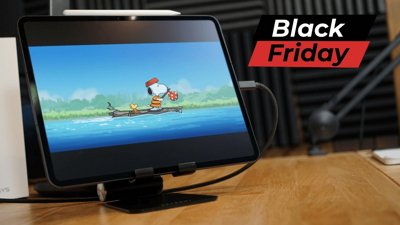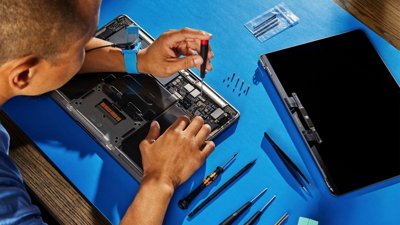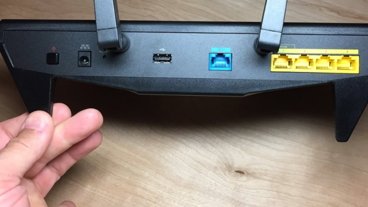Transitive Technologies confirmed Tuesday that it is providing Apple with technology that allows old Macintosh software programs to run on computers with Intel processors.
"Steve was nice enough to recognize a relationship with us,'' Bob Wiederhold, CEO of Transitive, told The Mercury News. "Our efforts involve integrating our technology into their system software.''
Rosetta is an integral piece of Apple's transition to Intel-based Macs because it means consumers won't have to throw away their old software when they buy a new computer from Apple with Intel chips.
Transitive's translation software reportedly consists of three parts: The first is a decoder, which takes the code of the PowerPC binary and converts it into an intermediate format. Next, a "core processing engine" takes the intermediate format and calculates how fast it can run the older software in its new form.
The final part converts the software into a form that runs on the Intel-based Mac. "This software sits on the computer, in this case an Apple computer that uses Intel chips," writes The Mercury News. "Whenever a consumer clicks on an old Apple program loaded onto the computer, the translation software starts. It translates and leaves the final code stored in the system's main memory chips. If the consumer uses that software again, the machine can run the translated code from memory."
Such translation software has reportedly existed for decades, but because memory used to be a scarce commodity the translation usually slowed the speed of the computer significantly.
According to Wiederhold, the technology uses only about 25 percent more memory to run the PowerPC binaries on Intel chips when compared to the original application. He said his team figured out how to perform translation "at roughly 70 percent to 80 percent of the speed at which it ran on the original computer."
 AppleInsider Staff
AppleInsider Staff







 Christine McKee
Christine McKee
 Charles Martin
Charles Martin


 Amber Neely
Amber Neely


 Sponsored Content
Sponsored Content








15 Comments
So the translated app would run, "at roughly 70 percent to 80 percent of the speed at which it ran on the original computer."
roughly? so it could run at 50 or 40 percent?
So the translated app would run, "at roughly 70 percent to 80 percent of the speed at which it ran on the original computer."
roughly? so it could run at 50 or 40 percent?
Or, if it spends most of its time in Apple libraries and Apple allows those to run native, 80-90%.
Also, considering the speed of Intel chips these days, probably faster than the fatest Mac today.
http://www.apple.com/quicktime/qtv/wwdc05/
this is steve jobs telling you in his developers confrence about rosetta
QUOTE: "If the consumer uses that software again, the machine can run the translated code from memory."
Excellent news!!! So just pump up 8 GB of memory! (just kidding... should it be fine with 1 GB ?)
Or, if it spends most of its time in Apple libraries and Apple allows those to run native, 80-90%.
Also, considering the speed of Intel chips these days, probably faster than the fatest Mac today.
"Apple allows"? What's that to mean. That apple may not allow some software to run that fast? And since this is all marketing, I would easily expect slower than 70%. And average more in the 50-60% the original poster said. I've heard too many speed claims about software or hardware only to realize they're always talking, esp. early on, about theoreticals and best-cases, not real-life.
And notice they don't say WHAT computer they're saying it will be 80% of, my iMac G5, your dual G4, or some 2.7GHz Dual G5? So it might be 80% of the high-end, which is 40% or less on the low-end.
And to say it'll be faster then the fastest mac today, that's iffy at best. I'd first want to see how OS X runs on one of those Intel macs before making some rash judgement that its going to be faster because, I don't know, its got a higher clock speed or something.
All I know is I have a 3.2GHz Dell on my desk, and the time it takes to do some simple tasks (open windows explorer, click on a mail) at times is downright infuriating. And MS has had 10 years to work on optimizations. And while Apple's been keeping OS X dual-platform, does that mean they've spent the time to dual-optimize it? And OS X is slow to begin with (unless you're working with a dual-G5, which is a lot faster then a single 3.8 pentium), with a LOT of overhead.
Oh, and if they were smart, they should take the translated code and shove it into a cache somewhere, so if you boot up tomorrow, they don't have to re-translate again.